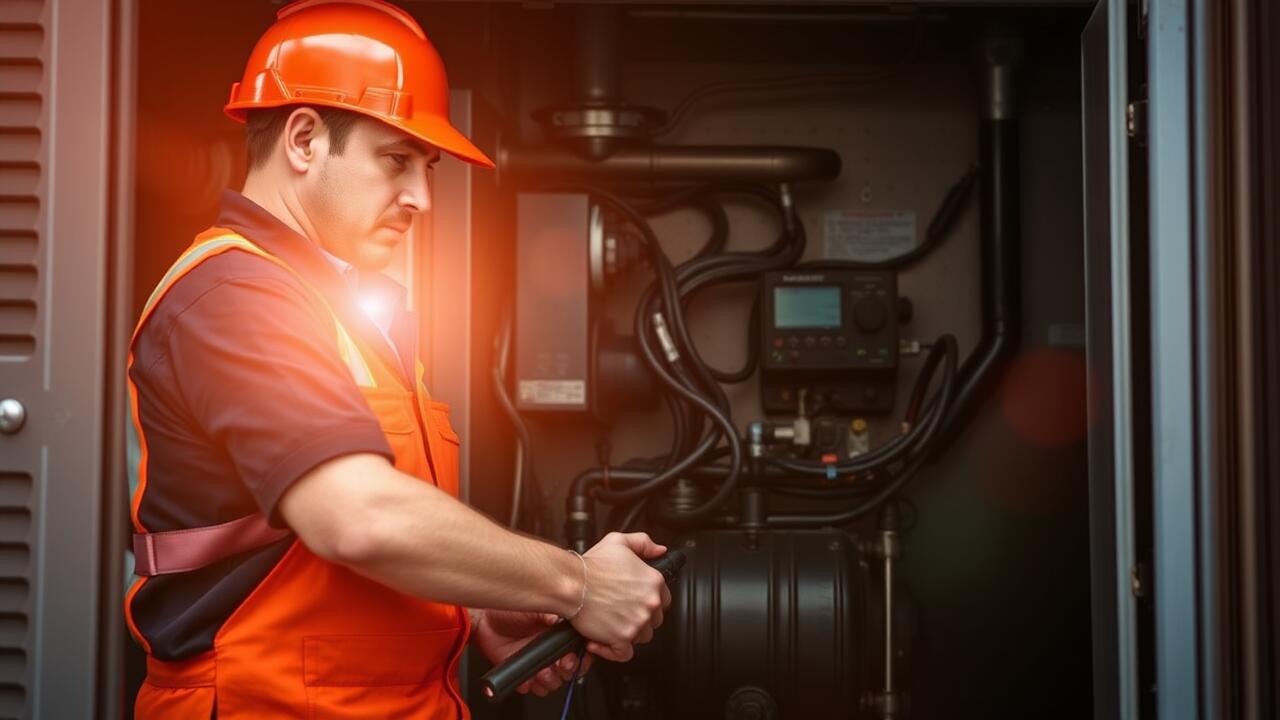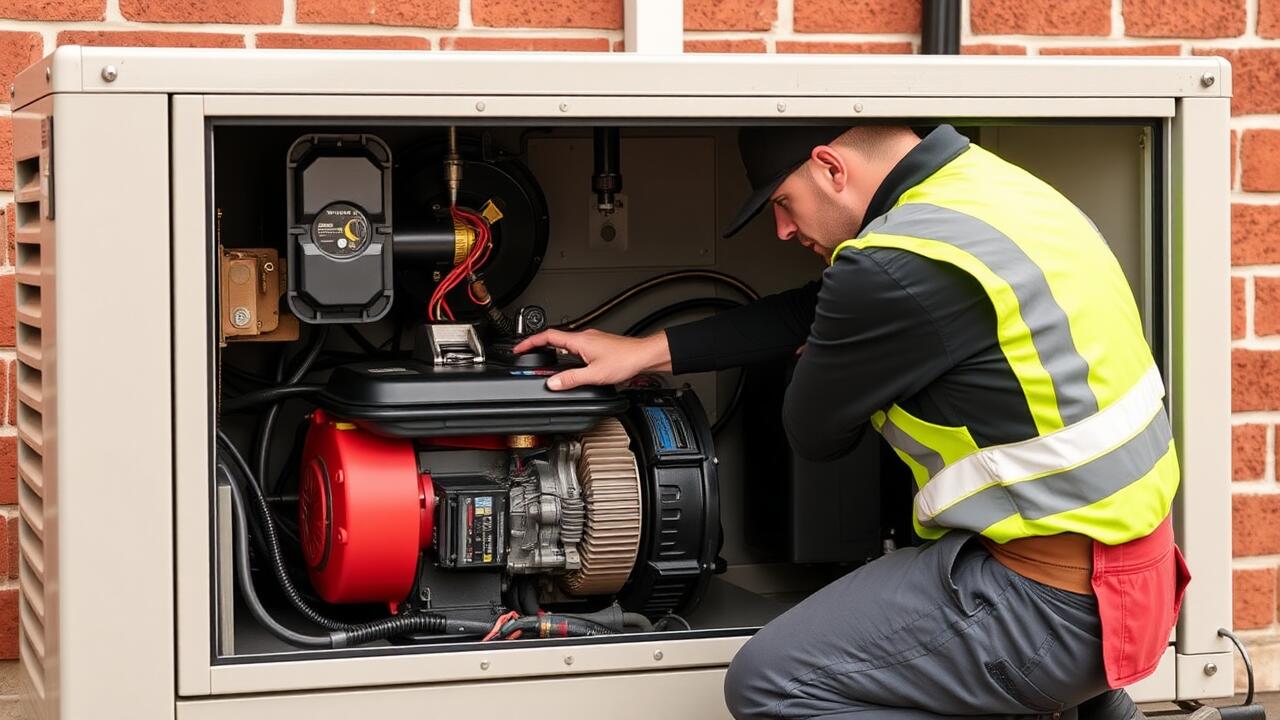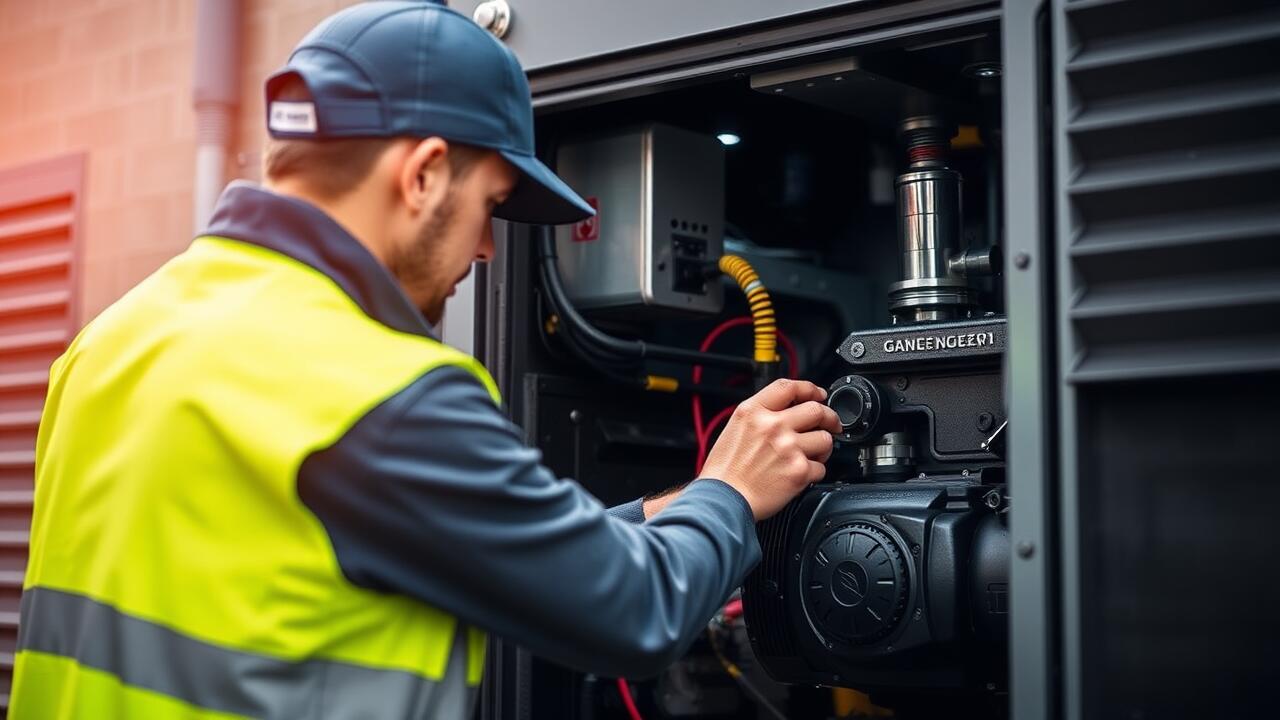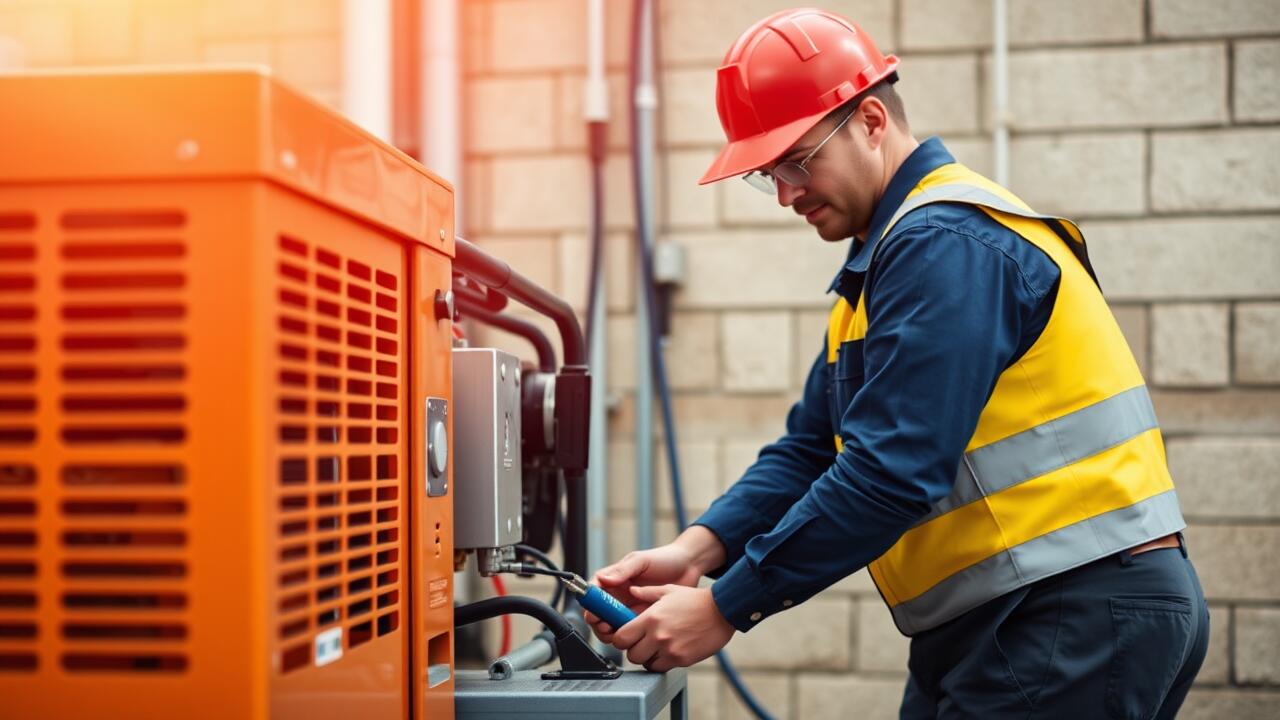
Legal Regulations
Using a generator to supply power directly to a home through a standard outlet raises legal and safety concerns that vary by locality. Many jurisdictions enforce regulations designed to protect public safety, and bypassing these guidelines can lead to serious consequences. In places like Greater Heights, Houston, generator installation typically requires compliance with local codes. Homeowners must ensure they are following the legal standards set forth by local authorities to prevent hazards associated with improper connections.
Local codes may mandate the installation of a transfer switch to safely integrate a generator with the home’s electrical system. This equipment prevents back feeding into the grid, which can endanger utility workers and damage equipment. Ignoring these regulations not only poses safety risks but can also void insurance policies. Those considering Generator Installation in Greater Heights, Houston, should consult local regulations to ensure proper compliance and execution.
Local Codes and Compliance
Compliance with local codes is crucial when considering generator installation. Municipalities often have specific regulations that dictate how generators must be installed and connected to ensure safety. Homeowners should review their local ordinances to determine the requirements for residential power solutions. In the case of Generator Installation in Greater Heights, Houston, it's essential to consult with local authorities or a licensed electrician familiar with area codes before proceeding with any installations.
Neglecting to adhere to these regulations can lead to safety hazards and potential fines. Local codes may include stipulations on proper ventilation, load management, and grounding techniques. Familiarizing oneself with these requirements minimizes risks and ensures a safe and efficient connection to the home’s electrical system. For those in Greater Heights, it’s advisable to ensure compliance to avoid complications during installation and operation.
Essential Equipment
When planning to connect a generator to your home’s electrical system, specific equipment is essential for ensuring proper operation. An interlock kit serves as a critical safety feature, preventing the generator and utility power from being connected simultaneously. This equipment is key in maintaining a safe environment and safeguarding against back feeding, which can endanger utility workers and cause damage to the generator itself. Additionally, a transfer switch is highly recommended for managing power distribution and providing a seamless transition between power sources.
Proper cables and adapters are also necessary for effective generator use. Heavy-duty extension cords rated for the generator's output capacity can allow for powering equipment directly. For a more permanent setup, specialized connectors that comply with local regulations are vital. If you are considering this type of setup, looking into Generator Installation in Bellaire West, Houston, will aid in ensuring that all equipment meets local code requirements and operates efficiently.
Required Cables and Adapters
Connecting a generator directly to your home’s electrical system requires specific cables and adapters to ensure safety and efficiency. A transfer switch is often necessary, as it allows you to switch between the generator and the utility power safely. This switch prevents backfeeding, which can endanger both utility workers and your equipment. In some cases, heavy-duty extension cords rated for outdoor use could suffice for smaller setups. Always ensure that the cables are compatible with both the generator’s output and your appliances' requirements.
When setting up your generator, consider using appropriate connectors that meet regulatory standards. Adapters must be compatible with the generator’s receptacles and the outlets in your home. This is especially crucial in areas with specific regulations, like Generator Installation in Greater Heights, Houston. Following local codes guarantees both safety and compliance. Using substandard or mismatched equipment can result in damage to your appliances or create electrical hazards.
Evaluating Power Needs
Before plugging a generator into an outlet, it is crucial to evaluate your power needs accurately. Assessing the total wattage required for your essential appliances will help determine if the generator can handle the load. Consider factors such as starting and running wattage of devices like refrigerators, air conditioners, and heaters, as these devices often require more power when initially activated. An accurate estimate can prevent overloading the generator and ensure that all necessary equipment operates efficiently.
For those in specific locations, such as during Generator Installation in Greater Heights, Houston, it may be beneficial to consult with local electricians or professionals experienced in generator systems. They can provide insights into the best practices for calculating load requirements based on the unique demands of your household. Proper evaluation contributes to a safe and efficient power setup, ensuring that you have reliable backup power when needed.
Calculating Load Requirements
When determining the load requirements for a generator, it’s vital to assess the total wattage of the appliances and devices you intend to power. Each appliance typically has a label indicating its wattage, which can help in calculating the cumulative load. Start by listing all the items that will be connected to the generator and sum their wattage. Keep in mind that some devices, like refrigerators and motors, may require additional starting wattage to function properly.
For residents considering generator installation in Greater Heights, Houston, understanding peak and running wattage is essential. Peak wattage represents the initial surge of power needed to start a device, while running wattage is the continuous power requirement. It is crucial to choose a generator that can handle the total load comfortably, allowing for any fluctuations when multiple devices are used simultaneously. Ensuring that the chosen generator meets these needs will prevent overload situations and enhance safety.
FAQS
Can I connect my generator directly to a wall outlet?
No, connecting a generator directly to a wall outlet is unsafe and can create a risk of backfeeding, which can electrocute utility workers and damage your generator. It's essential to use a transfer switch.
What is a transfer switch?
A transfer switch is a device that safely connects a generator to your home’s electrical system, allowing you to switch the power source from the utility to the generator without the risk of backfeeding.
Are there legal regulations regarding generator installation?
Yes, there are legal regulations and local codes that govern the installation and use of generators. It's important to check with your local authorities to ensure compliance and safety.
What equipment do I need to safely use a generator at home?
To safely use a generator at home, you will need a transfer switch, appropriate cables, and adapters, as well as protective gear such as gloves and goggles.
How can I determine what size generator I need?
To determine the size of the generator you need, calculate the total wattage of the appliances and devices you want to power and choose a generator that can handle that load, considering any starting wattage requirements.




